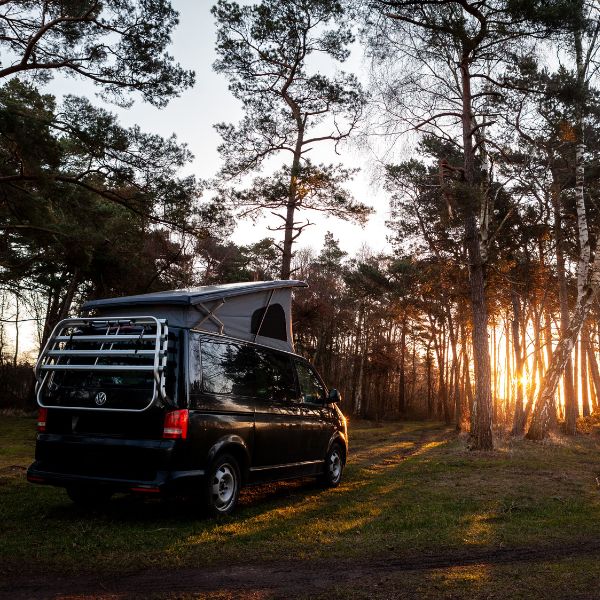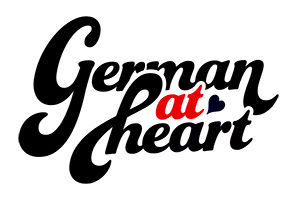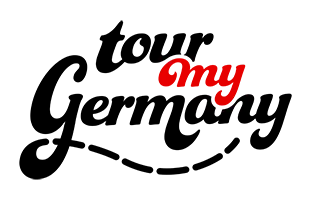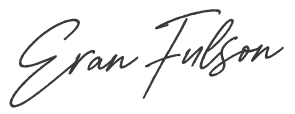Warm up this winter with Oma's newest cookbooks - available on Amazon >>
- Home
- Camping in Germany
Camping in Germany: Find where to go and the best to book
By: Eran Fulson / Traveler, writer, and curious observer of all things German.
Planning to go camping in Germany? We’ll help point you in the right direction to make the most of your experience. A bit of planning is needed, with the majority of German woodland falling under some degree of environmental protection.
However, as a country with the third-most UNESCO World Heritage Sites in the world, and many sites include nature reserves, it’s well worth the effort.
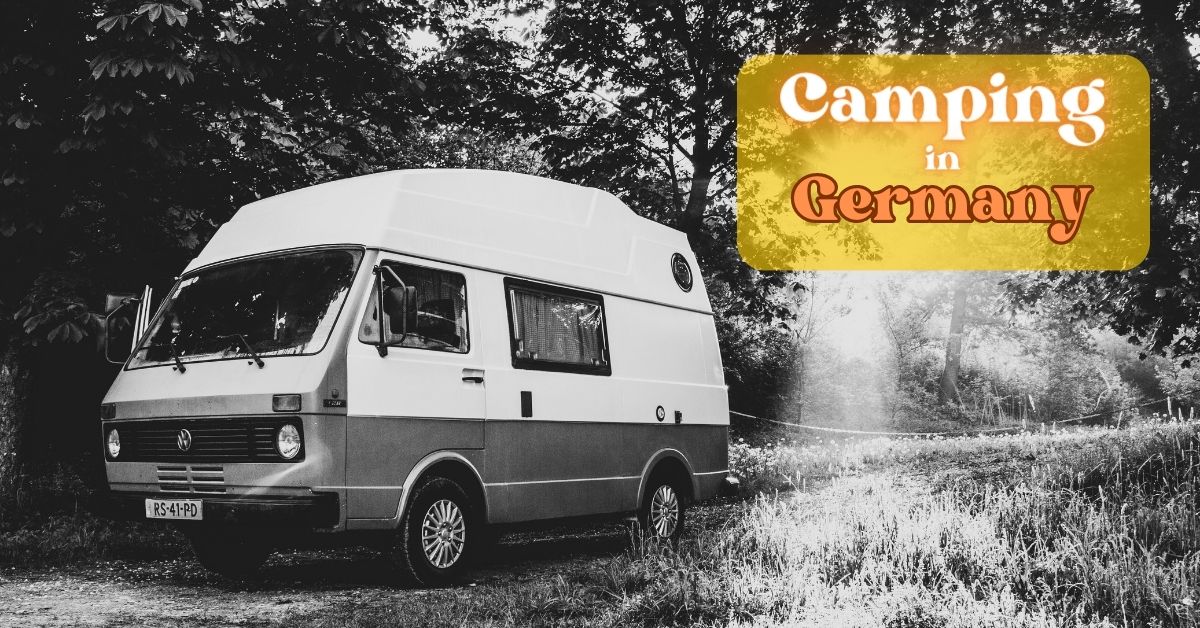 Who doesn't love a bit of retro?
Who doesn't love a bit of retro?On this page:
Stars in Our Eyes
The most straightforward and stress-free experience for camping in Germany is going through a registered campsite. Renting a campervan is also a great way to fly in and get going. Germany ranks third in Europe, after France and the UK, with more than 2,100 campsite options. Here we’ve compiled three of the more popular campsites in stunningly beautiful regions:
Kühlungsborn
Surely there are only two options for an unforgettable camping experience, in the mountains or by the sea. Campingpark Kühlungsborn along the Baltic Sea in the state of Mecklenburg-Vorpommern firmly ticks the seascape box.
This is less of the rough outdoors and more 5-star luxury camping at its finest. Spacious pitches are hedged-in, while numerous trees offer a moving shade throughout the day. The facilities and grounds are well-maintained as you’d expect, but that’s if you’re around much, while the beach is only a short walk away.
If you’re struggling to keep the little ones entertained, there are a range of activities to help keep them occupied. Not including a multi-sports field, there are magicians and pirate shows among the entertainment.
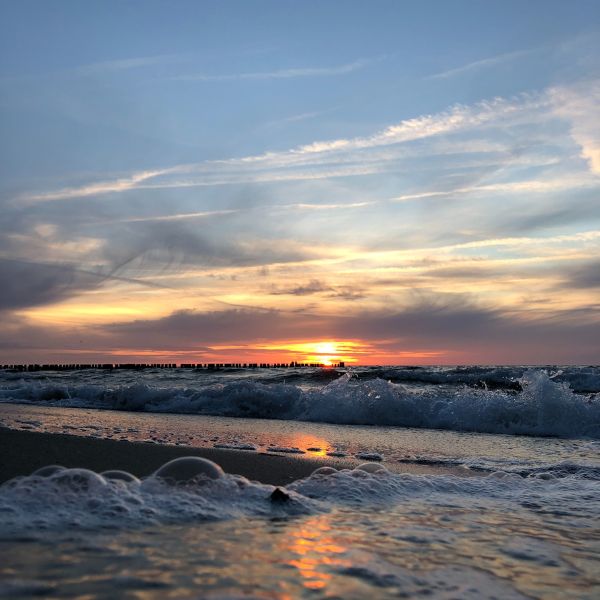 Kühlungsborn at sunset
Kühlungsborn at sunsetWulfener Hals
Located on Fehmarn Island (Germany’s third-largest island) between Burger Binnensee and the Baltic Sea is the 5-star Wulfener Hals campsite. This is a dream getaway for water sports enthusiasts with ideal conditions for surfing and kiteboarding.
That alone would be enough for many, but Wulfener Hals offers plenty for everyone and is one of the best spots for luxury camping in Germany. There’s a host of children’s entertainment programs throughout the year, from bouncy castles to painting, or burning off some energy in the swimming pool and playgrounds.
The more romantic among you can hire a beach chair (sofa/bed would be a better description) on the beach by the water and spend the night being lulled to sleep by the lapping sound of the waves. Enjoy a seaside meal in one of three excellent restaurants or go for a chill in the ice cream bar.
If none of that was enough, Fehmarn Island has a higher-than-average amount of sunshine hours per year compared to the rest of Germany – not a guarantee, but I wouldn’t complain about better odds.
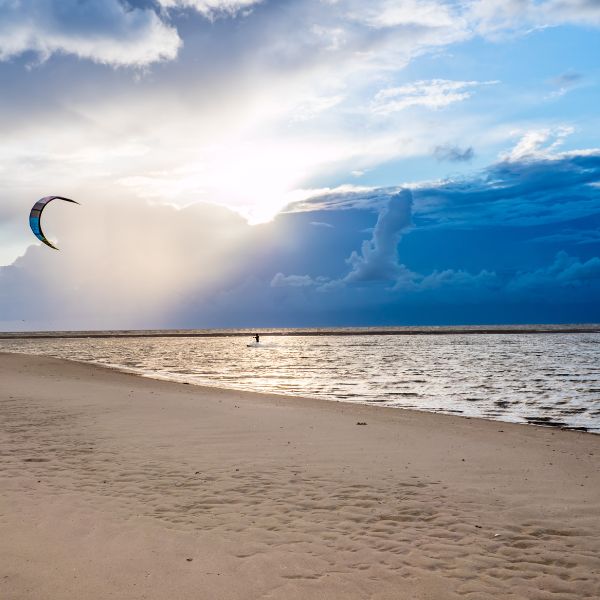
Münstertal
The Black Forest is home to legend, lore, and camping at Münstertal. Nestled in the meadows in southern Germany, Münstertal has been family-run for three generations and fully embraces a unique camping experience with a lacing of luxury in a traditional Black Forest environment.
Complete with a spa and restaurant, Münstertal accommodates tent camping, caravans, and apartment rental in the unspoiled mountainous landscape. There are few better spots to enjoy the great outdoors in the open countryside than in the Black Forest.
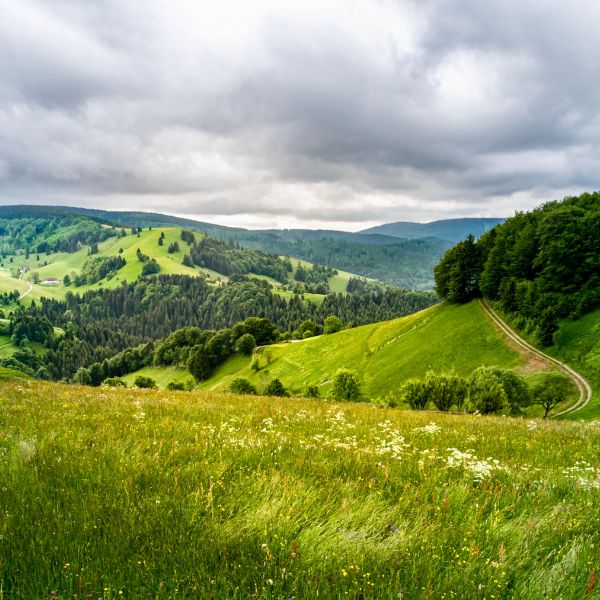
Wild Ones
Beginning with a disclaimer - due to the sheer number of protected environmental zones, wild camping is generally prohibited across Germany. As I’ve covered in a previous Natural Wonders post, there are multiple forests that have been spared human interference for centuries.
While a night under a canopy of stars and medieval foliage sounds magical, a blanket ban on wild camping ensures nature carries on unimpeded. To underscore this, wild camping in Bavaria will garner a fine of 2,500 Euros ($2,700 USD).
However, there are a growing number of camping options in recent years as a push for environmental engagement slowly gains traction.
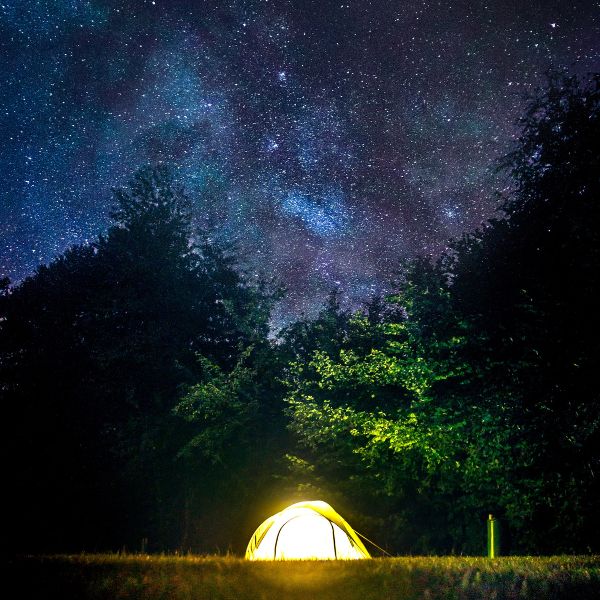
Brandenburg - On the whole, wild camper friendly to hikers and canoeists camping out for a night or two before moving on. This is, of course, provided you’re not on private land or an otherwise designated protected area. Generally though, camping in Brandenburg is a safe(ish) bet.
Schleswig-Holstein - Generally prohibited with the exception of a project called “Wild Schleswig-Holstein” which provides twenty overnight camping sites for a night’s rest in nature.
North Rhine-Westphalia - Again prohibited, but good news in the form of Hohes Venn-Eifel Nature Park which allows camping for 10 Euros ($10.80 USD) a night. It's about as wild as knock-knock jokes at a comedy show, but when options are limited…
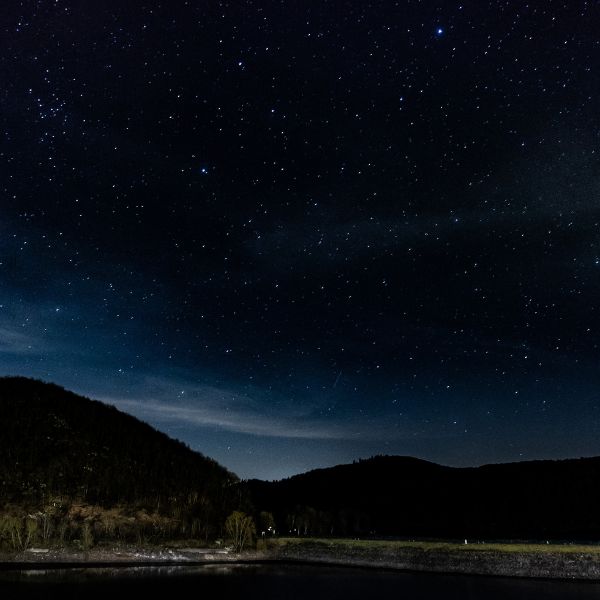 Eifel Nature Park at night
Eifel Nature Park at nightMecklenburg-Western Pomerania - Provided you’re not in one of the nature reserves, wild camping can go relatively unimpeded. However, there are numerous established campsites throughout the region. Perhaps not exactly wild camping, but a little less stressful if you’re not willing to chance that where you are is allowed.
To summarize, wild camping is a bit of a gray area in Germany. And while I empathize with the environmental intent for protection, it is a shame more efforts aren’t paid to minimize the human impact while allowing for a natural experience. But there we are.
If you don’t play by the rules, then be sure to have your bank account topped up before bedding down for the night.
Park it Like it’s Hot
The middle ground between wild and luxury camping is otherwise known simply as: camping. The kind with a tent that’s largely waterproof if you don’t touch the sides, an airbed that's developed a slow leak after day three, and a temperamental gas stove that works if you don’t look at it.
Despite whatever hiccups occur during the stay, one wouldn’t trade it for anything - generally. If you’re dusting off your kit and planning your next camping trip, consider some of Germany’s beautiful national parks as the perfect place to enjoy some awe-inspiring natural beauty.
First up, the Harz Mountains (more about them here). Located between the Weser and Elbe rivers and covering Lower Saxony and Saxony-Anhalt. Deep, wooded valleys cut through the undulating mountain range. Echoes of Brothers Grimm fairy tales emanate deep from the many silver mines dotted throughout the region.
The area is home to some of Germany’s best-preserved 16th-century towns such as Goslar, Wernigerode, and Quedlinburg which contains more than 1,300 half-timbered houses.
There are also some 5,000 miles (8,000 km) of hiking trails surrounded by ravines and rock formations, impressive waterfalls, and thickly forested mountainsides. The Harz Mountains are more than just hiking, with ventures out to unique caves and medieval castles making this an excellent base for a holiday away.
Discover a variety of campsites across the mountain range here.
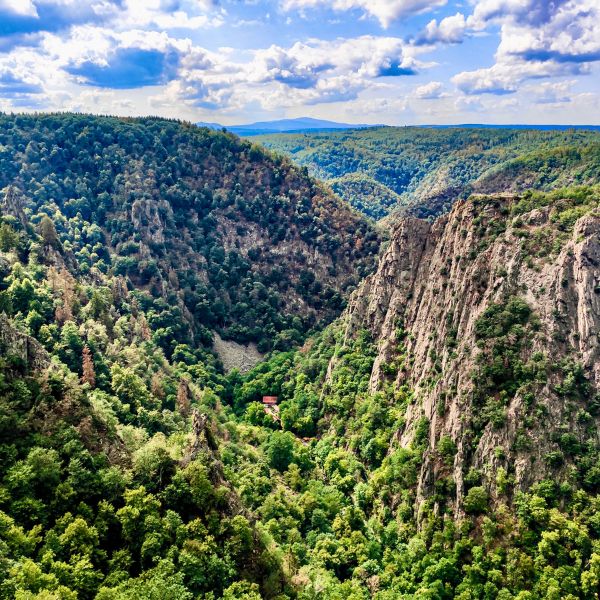
It’s difficult to discuss one area as being the best in Germany, only to be followed right by another that can only be described as the best as well. Spoiled for choice and a lack of heady descriptions, the Bavarian Alps could also easily be considered one of the best areas of natural beauty.
Magnificent mountains rise up from the large lakes and valleys in breathtaking grandeur. Like the Harz Mountains and the Black Forest, the Bavarian Alps cater to every season.
As one of the great places to go for hiking, cycling, skiing, or simply relaxing by the water's edge staring up at the snow-capped mountain tops - you could do worse, but couldn’t do much better.
Click here, or here, for a range of campsites that make an ideal starting point for your next adventure.

In the southwestern corner of the North Sea lies a massive area of nature conservation that extends from the Netherlands, Denmark, and Germany known as the Wadden Sea. Covering 1,143,403 hectares, the Wadden Sea is the largest unbroken system of intertidal mud and sand flats in the world and is a UNESCO biosphere reserve.
The landscape is made up of sea, beaches, dunes, and mudflats. This ecosystem is a migratory home for an estimated 6.1 million birds at any one time.
If twitching (birdwatching) isn’t your thing, or the kids are growing restless, the seal stations at National Park House and Fiedrichskoog are a great way to see these gentle giants. Not only a top attraction for families in the area, every year 80 to 150 seals are rescued and cared for at National Park House. Daily feeding takes place at 10am and 5pm for those interested.
Camping along the coast of the Wadden Sea is peaceful and serene, with plenty of landscape to explore in a marked difference to the mountains and traditional coastal experiences. Clear sea and white sandy beaches punctuated with dunes as far as the eye can see are not to be missed.
One ideal holiday location is the Freilenzen Campsite in Dornumersiel. Well-maintained facilities, a therapy and wellness center, and a heated open seawater pool are available during your stay. Behind the protection of a dyke, it’s only a short walk from the campsite to the sea.
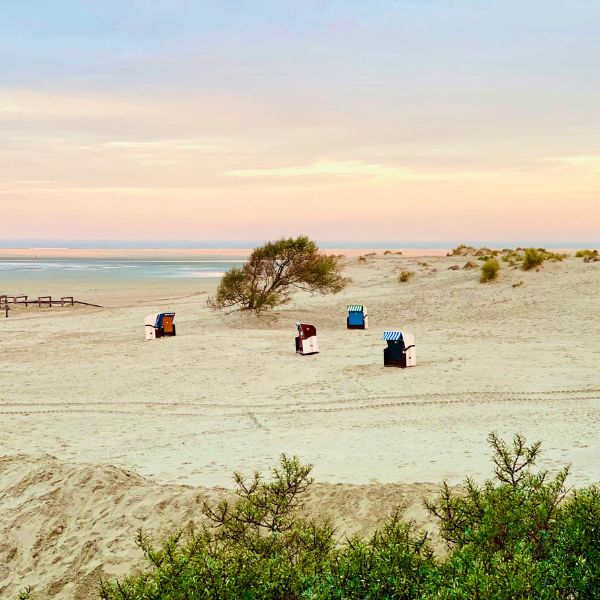 Beach chairs are a great way to take in the Wadden Sea
Beach chairs are a great way to take in the Wadden SeaScenically Serene
Best leave the tent at home for a peaceful excursion down the Romantische Straße (Romantic Road). Sixteen medieval towns populate the road which passes through some of the most beautiful landscapes in southern Germany.
Fill your days with hiking or cycling, sampling the local cuisine and Bavarian wine, or lose yourself exploring half-timbered towns and fairytale castles. With so much to see between Würzburg and Füssen, renting a camper van for mobile convenience is highly recommended.
The route is only 285 miles (460 km) long and punctuated with campsites along the way. While one can pack in a busy four days, seven days are suggested to explore the full route. The towns are 20–45 miles away from each other, so it’s possible fitting in more than a few sights along the way.
Also recommended is to fly into Frankfurt and begin the tour in Würzburg, heading in the direction of Füssen. Highlights along the road include the old-world temptation of Würzburg before even setting off, while Rothenburg ob der Tauber is Germany’s best preserved medieval walled town, then there’s Füssen (and thirteen more towns).
Where Füssen might be lacking in a vibrant nightlife, it makes up for with its proximity to the Neuschwanstein and Hohenschwangau Castles.
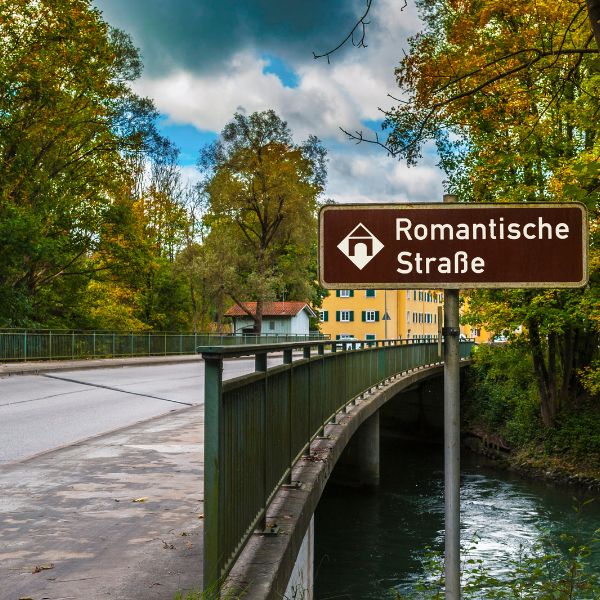
Conclusion
Though not a traditional flying abroad holiday, camping is a great way to see the natural side of Germany up close and personal.
However, unless you’re able to bring camping gear with you, renting a camper van or heading to a site where it’s all ready to go is the best way forward. Wild camping can be a bit of a gray area but doable with a bit of planning.
In short, wherever you go and however you stay, it will most certainly be memorable.
